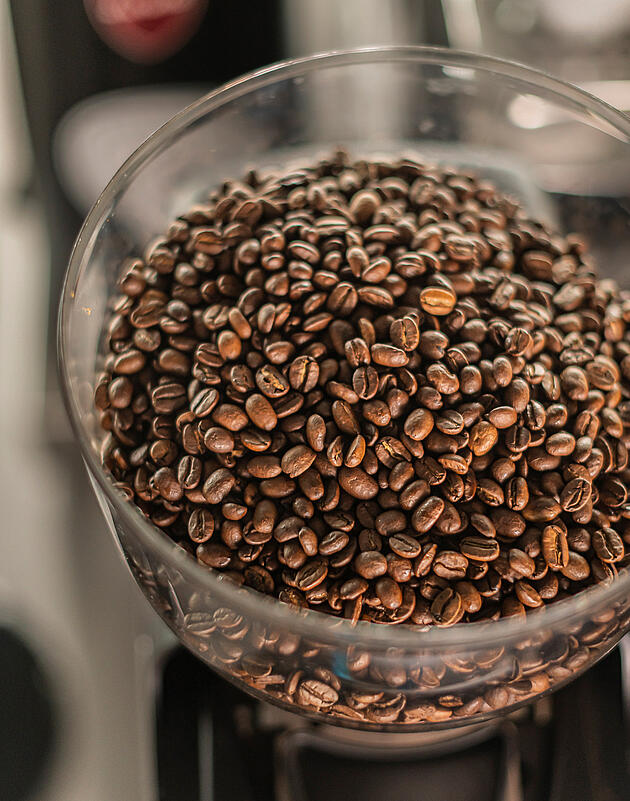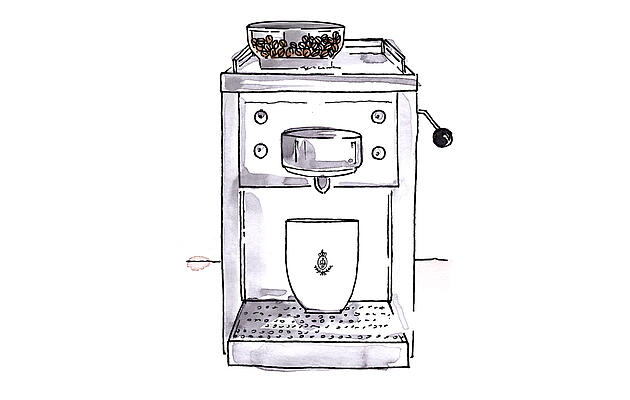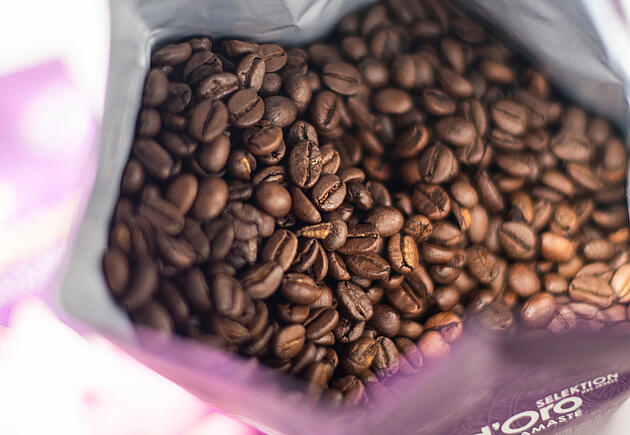Fully automatic coffee machines are genuine all-rounders, delivering fresh coffee pleasure in the cup at the touch of a button. Still, for a particularly pleasurable coffee experience, it’s vital to adjust your machine’s settings depending on the type of coffee you’re making. While a machine’s default settings will make a good coffee, these can be optimised for even better results. Here, we show you how to get the very best out of your machine.
A step-by-step guide to preparing the perfect coffee with a fully automatic machine
1. The right beans
Whether mild or strong – coffee is a matter of taste. When it comes to quality, the first thing you need to consider is the right choice of coffee beans. For fully automatic coffee machines, we recommend beans with a medium to strong roast profile for all beverages. This gives the coffee a full body with low levels of acidity. Only then can the aroma hold its own against the milk in coffee specialities like cappuccino or latte macchiato. Very light roasts are rarely a good match for fully automatic machines because the extraction time is too short to release the desired flavours and aromas from the coffee.
2. The correct grind size
The correct grinding level is just as important for fully automatic coffee machines as it is for portafilter espresso machines. Most fully automatic machines are preset, with the beans freshly ground for each cup at the touch of a button. Nevertheless, if your espresso tastes too watery or has too much acidity, it means that the grind is too coarse. Not enough of the ground coffee’s surface area is exposed during brewing, and the contact time with the water is too short for the coffee to release its full aroma. Therefore, adjust the default settings to make the grinding level a little finer. Most fully automatic machines have some sort of control that lets you change this grinding level quite easily. However, be careful not to set the grind size too fine, otherwise the grinder could become clogged. If, on the other hand, your coffee tastes too strong and bitter, set the grind size to a coarser level.

3. The ideal amount of coffee
There is no rule of thumb regarding the ideal amount of coffee for fully automatic machines. Whether you prefer strong or mild coffee is purely a matter of taste. Since the choice of settings varies from machine to machine, we recommend trying out different settings depending on the coffee speciality you want. Usually, the amount of water and the brewing temperature are also preset. If your fully automatic machine has a water temperature setting, we recommend a brewing temperature of 95°C. This is ideal for bringing out the coffee’s flavours and aromas.
4. Cleaning: an absolute must!
Cleaning your machine regularly ensures that your coffee tastes the way it should and that you can enjoy your fully automatic machine for many years to come. Most fully automatic machines will guide you through the cleaning process more or less automatically. This process involves removing residues such as coffee oils and other soluble particles from inside the coffee machine – often with the help of special cleaning tablets. However, this isn’t a substitute for taking care of your fully automatic machine on a daily basis. For example, you should clean the coffee grounds container, drip tray and water tank every day.
Our tip:
Whether you use a portafilter espresso machine or a fully automatic coffee maker: at the end of the day, the result in the cup is determined by your own know-how and the care taken during preparation. So be adventurous and experiment with different settings. Our three new Home Barista coffees – available as whole beans – are also ideal for discovering the art of making coffee and being a barista.


